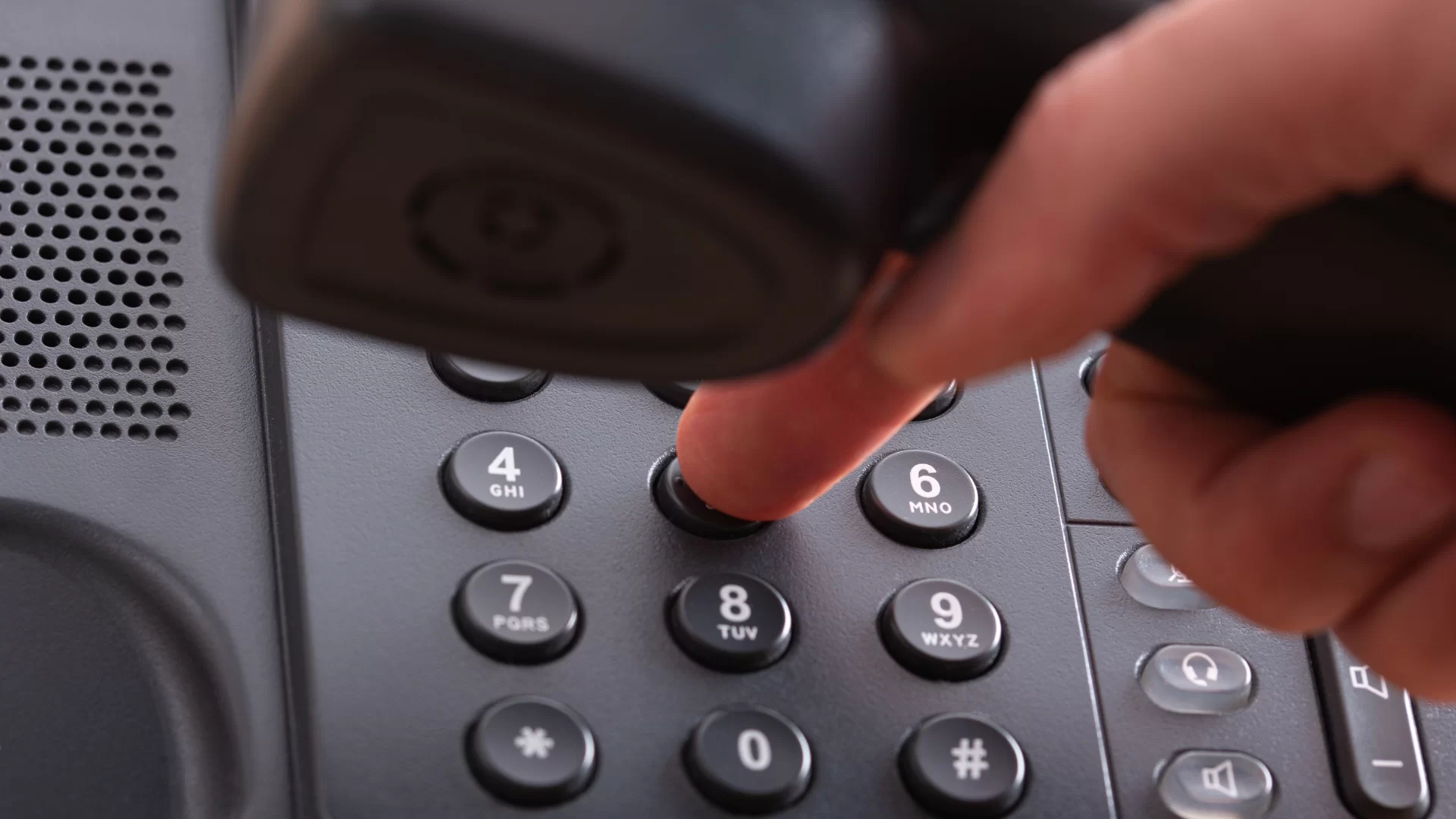In the age of instant messaging and ubiquitous email, faxing might seem like a technological dinosaur. However, for specific industries like healthcare or legal services, faxing remains a crucial communication tool for transmitting secure and legally binding documents. One of the most common questions regarding faxing is dialing procedure, specifically whether you need to dial “1” before the fax number. This article dives deep into the world of fax dialing, explores the use of the “1” prefix, and provides valuable information about fax numbers and their formats.
Do You Dial 1 Before Sending a Fax? It Depends
The answer to whether you need to dial “1” before a fax number depends on two key factors:
- Location:Dialing procedures vary depending on whether you’re sending a fax within your local calling area, long-distance within the same country, or internationally.
- Carrier Configuration:Some fax machines or online fax services might have pre-programmed dialing configurations that automatically handle the “1” prefix depending on the fax number format.

Understanding Fax Number Formats
Fax numbers, similar to phone numbers, follow a specific format to ensure successful transmission. Here’s a breakdown of fax number formats:
- Local Fax Numbers:For sending faxes within your local calling area, a fax number typically consists of a ten-digit format: Area Code + Seven-Digit Local Number (e.g., 212-555-1234). In some regions with seven-digit dialing enabled for local calls, you might only need to dial the seven-digit local number.
- Long-Distance Fax Numbers (Same Country):If you’re sending a fax to a different area code within the same country, you typically need to dial “1” followed by the ten-digit fax number (e.g., 1-800-555-1234).
- International Fax Numbers:For international faxing, the dialing procedure involves specific country codes and access codes. Consult a reliable source like the International Telecommunication Union (ITU) for specific dialing codes for the destination country (e.g., sending a fax to the UK might require dialing 011-44- followed by the local fax number).
Dialing Procedures Based on Location
Here’s a simplified guideline for dialing faxes based on location:
- Sending a Fax Locally:
- If your region uses ten-digit dialing for local calls, dial the full ten-digit fax number (Area Code + Seven-Digit Local Number) without the “1” prefix.
- If your region uses seven-digit dialing for local calls, you might only need to dial the seven-digit local number, but consult your fax machine manual or service provider for confirmation.
- Sending a Long-Distance Fax (Same Country):In most cases, dial “1” followed by the ten-digit fax number (Area Code + Seven-Digit Local Number).
- Sending an International Fax:Consult a reliable source for the specific dialing code of the destination country. The format typically involves dialing the international access code (often “011” in the US), followed by the country code and the local fax number.
Important Note: These are general guidelines. Always refer to your fax machine manual, online fax service provider’s instructions, or consult your local phone service provider for the most accurate and up-to-date dialing procedures for your specific location and fax service.
Additional Tips for Faxing
Here are some additional tips to ensure successful faxing:
- Double-Check the Fax Number:Typos in the fax number are a common cause of failed transmissions. Carefully verify the fax number before dialing.
- Cover Page Considerations:Include a cover page with your fax transmission that details the sender information, recipient information, number of pages, and a brief message about the fax content.
- Transmission Confirmation:Some fax machines or online fax services offer transmission confirmation reports. Utilize these features to ensure your fax was successfully delivered.
The Future of Faxing: Adapting to Changing Communication Landscape
While email and secure messaging platforms have revolutionized communication, faxing likely has a niche in certain industries for the foreseeable future due to its legal binding nature and legacy infrastructure in specific sectors. As technology evolves, online fax services might further streamline faxing procedures and integrate seamlessly with existing communication platforms.
Conclusion
Faxing might seem like a relic from a bygone era, but understanding dialing procedures and fax number formats is crucial for those who still rely on this communication method. By remembering the “1” prefix depending on the location and fax number format, along with following best practices for faxing, you can ensure successful and secure transmission of your important of your important documents. While the future of communication might lie in instant messaging and secure online platforms, faxing likely retains a place in specific industries, and with a clear understanding of dialing procedures and best practices, you can navigate the world of faxing with confidence.
Sources:
- International Telecommunication Union (ITU) – Country Codes.
- HowStuffWorks – How Fax Machines Work.
- Business News Daily – How to Fax: A Step-by-Step Guide.
- FaxPlus – International Faxing Guide.